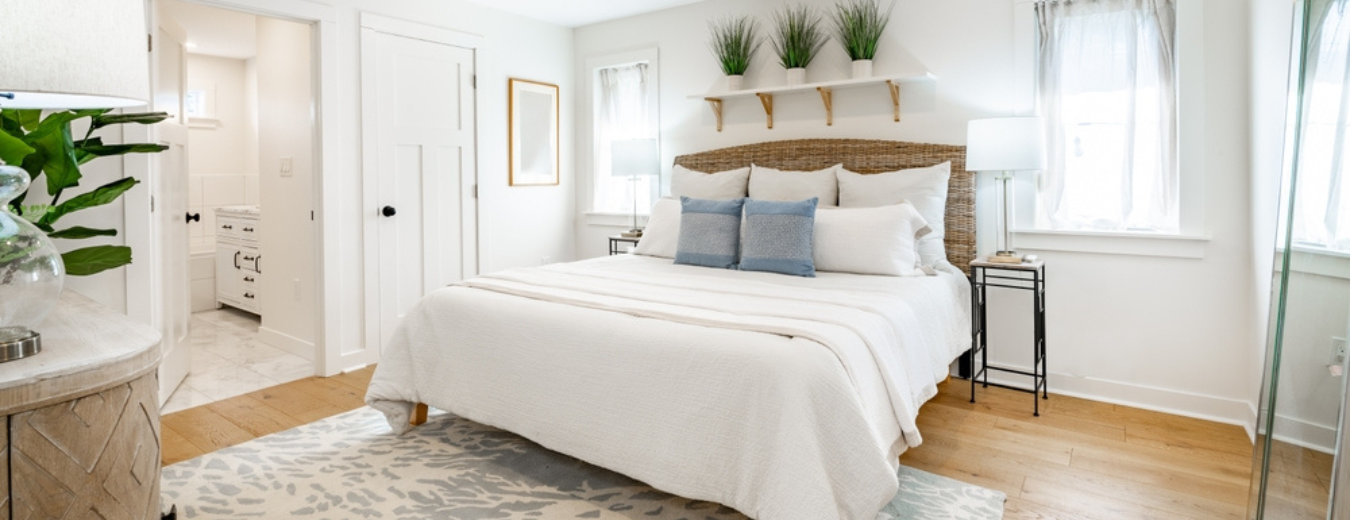
When is a Painted Room Safe?
Posted on January 18, 2021
Figuring out when it is safe to re-enter a freshly painted room is a good question and one we get all the time. Entering a newly painted room causes a few things to happen to your body. Being careful after a paint job and avoiding Volatile Organic Compounds (VOCs) is crucial to a successful and healthy room painting. Here’s what happens to your body when you enter a freshly painted room.
Chemical smells from cleaning supplies, work in your home and of course, paint can cause problems for you similar to paint fumes. These include irritated eyes, nose, and throat, lightheadedness or dizziness, or nausea. Some people even experience fatigue and lethargy. Any of these symptoms are enough to remove the person from the home until they clear up.
The Cause – VOCs
Volatile Organic Compounds (VOCs) are in most air we breathe. They are more prevalent in paints, varnishes, adhesives, cleaning supplies, and other household chemicals. Paints come in several levels of VOC inclusion. The chemicals assist with the drying and film creation so they are essential to the finish of your paint. When used indoors, VOCs come off of the walls into the air for hours to days and even weeks.
At the store, you will notice there are several levels of VOCs in paints. While none are 100% safe immediately after painting, you should weigh the options of your job and how long you can be out of the room. The Environmental Protection Agency regulates the levels of VOCs in paint and sets standards for emission acceptability. Some states set rules that are even more strict.
For the safest option, aim for a low or no VOC paint. They will be labeled as such and allow you to safely sleep in the room sooner. Here’s a breakdown of the paints.
Latex paint has fewer VOCs than other types of paints because it is a water-based paint. For the most part, it is one of the safest traditional paint options.
Natural paints, while less sturdy, are safer because they use natural ingredients. These include casein, chalk, citrus oil and linseed oil instead of chemical bases. While they will give off some VOCs, more often users find that they are bothered by the paint ingredients. If you have a sensitivity to some of the ingredients listed in the paint, you could still have reactions to them.
Oil paints are very durable but also have the highest level of VOCs because of their chemical-based makeup.
After you Paint
To find out how long to wait until fumes are safe, refer to the manufacturer’s directions. Most say that it is safe to sleep in a low or no VOC painted room within a few hours. To be completely safe, allowing the room 24 hours to ventilate will ensure harmful chemicals have mostly dissipated. You and your family will be able to sleep soundly.
Let’s Get Painting
Our team at CertaPro Painters® of Grand Rapids is trained to help walk you through the process, from color to finish. Schedule your estimate online, or by calling us at 616-724-2424 to speak with a painting professional about the painting plan that fits the goals of your space and your budget.





